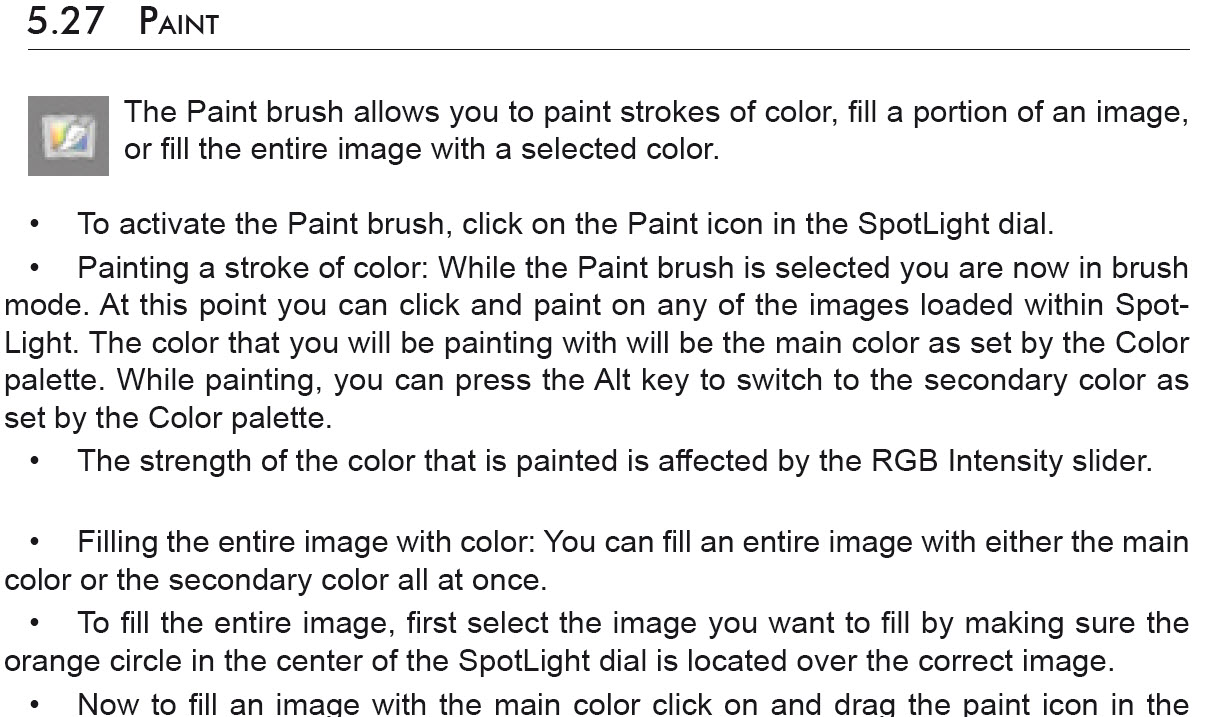GREAT NEWS
MARCUS IS WORKING IN IMAGEPLANE AGAIN !!!
As Reaversword pointed out in this thread, there are projects that require Direct Texture Painting, for which polypainting is not an option.
Many users in the forum don’t understand why we need Direct Texture Painting.
Pixologic is boosting the planar (no organic, much more like in traditional 3D software) modeling. Commonly, this kind of projects don’t have a big number of polygons, neither these polygons do have an average size like the organic ones usually do. Like the example exposed by Reaversword (a simple kitchen table), it could have some small areas with high density of polygons (for example, the decorations in its legs) and some big areas with low density (even only with 6 polygons) as in the case of the main horizontal table.
In these kind of projects, the subdivision level you need for an acceptable resolution of the horizontal table (for polypainting it, furthermore for stamping areas of a photography over it while maintaining the original quality of the photo) could make the resolution of the detailed areas (the legs) to grow up to tens of millions of polygons.
Yes, I know there are many demonic tricks and workarounds to avoid that, but let’s imagine you are texturing a home scene with many pieces of furniture. Polypainting is not an option and is not developed for that.
Many other packages are totally based in Direct Texture Painting, even more, they don’t even need to freeze the 3D Mesh in order to project a photo onto it, but we all love ZBrush, don’t?
ZBrush is based in Polypainting and for doing Direct Texture Painting we must count on two Plug-ins: “Projection Master” and “Image Plane” (the last, from Marcus Civis, bring us the nearest thing to SpotLight). I think Pixologic must consider improving this mechanism if they want to boost Planar Modeling, but it seems that ZB4 doesn’t bring any innovation of this sort.
And here it comes the good news from Marcus:
“Yes Spotlight will only polypaint on a 3D mesh in Edit mode. Painting direct to a texture map, or to the 2.5D canvas is not possible.
I’m updating the Image Plane plugin to provide basic manipulation of images within Projection Master (so direct to texture maps or polypaint) as well as a simple ‘modelling from reference images’ set up.
Marcus.”
Will ImagePlane for ZB4 incorporate new features? By this way, the users who need Direct Texture Painting will not feel their hearts broken out of spite by ZB4. In any case, for sure, it’s a great new.
Thank you, Marcus.

